10 Concept Cars From The ’90s We Wish Had Made Production
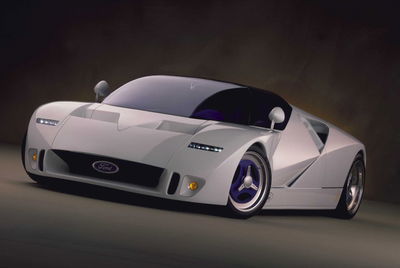
The 1990s: a decade of fly, chillaxin’ slang words, extremely baggy clothing and everyone from Oasis to Mr Blobby getting a shot at having a UK number one. It was also an indisputably great decade for cars, an era when technology had gone just far enough to enhance the driving experience and not so far as to totally ruin it.
Since the 1990s kicked off 35 years ago (no, really. We checked), we thought we’d take a look back at the decade’s concept cars, and imagine a world in which these 10 favourites of ours added to the ranks of iconic cars that came out of the era. It’s going to be dope.
Ford GT90
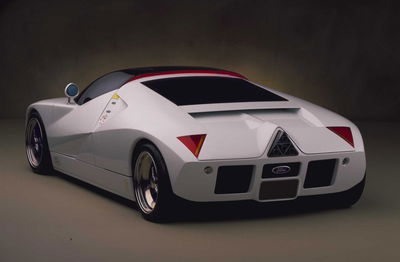
Where else could we begin but with the Ford GT90, arguably the most memorable concept of the decade? Unveiled in 1995 as a spiritual successor to the famous GT40 Le Mans racer of the 1960s, the GT90’s centrepiece was its 5.9-litre, quad-turbocharged V12 engine that produced around 720bhp, all of which went through a five-speed manual. It was a different time.
The GT90 was a fully functional car, but it was never seriously considered for production. When the GT40 did eventually get a spiritual successor in the shape of the 2004 GT, it effectively just recycled the original’s design (to great effect, admittedly). The GT90’s biggest legacy is in its ‘New Edge’ design language, which found its way onto plenty of production Fords like, erm, the Ka.
Dodge Copperhead
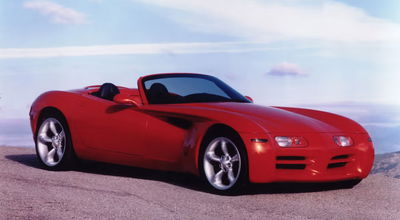
The 1997 Dodge Copperhead – or the Dodge Concept Car, as it ended up being named in the original Gran Turismo thanks to a trademark dispute – was pitched as a roadster to sit below the big V10 Viper in Dodge’s lineup.
It sounded like a real sports car sweet spot – a 220bhp 2.7-litre V6 up front, drive to the rear, and a five-speed manual. Apparently, though, while production was considered, it was ultimately decided against so Dodge could focus on faster-growing market segments, like SUVs. Yep, even back then, the rise of SUVs was denying us cool sports cars. Some things never change.
Jaguar XK180
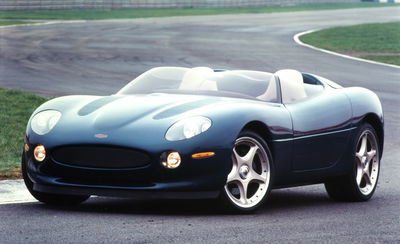
In 1998, Jaguar’s range consisted of the XJ, the styling of which hadn’t really changed in 30 years, the miserable retro mess that was the S-Type, and the admittedly quite sexy X100 XK.
It was that latter car that lent the most to that year’s XK180 concept, which teased a return to Jag building proper sports as opposed to big, comfy GTs. The gorgeous, speedster-esque bodywork hid a 450bhp supercharged V8, and like the Ford, it was a fully functional concept. Sadly, a concept it would stay, although the visually similar F-Type concept from a couple of years later would eventually lend its name to a proper Jag sports car that only died in 2024.
BMW Nazca M12
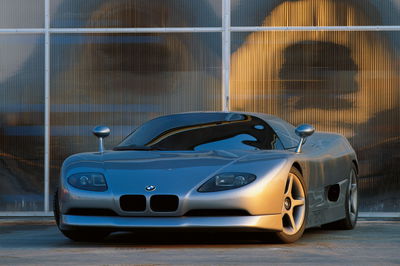
BMW’s arguably only ever built one proper supercar, the M1, but it’s flirted with the idea plenty of times since. Our favourite came with 1991’s Nazca M12. Its impossibly low body was penned by Italdesign’s Fabrizio Giugiaro, son of Giorgetto, who’d styled the M1 over a decade earlier.
Sitting in the middle, meanwhile, was the 5.0-litre V12 from the 7 Series of the time, making a fairly paltry-sounding 296bhp. The Nazca, though, weighed only around 1100kg, and was uber-slippery with a drag coefficient of 0.26. Later into the decade, it would morph into the updated Nazca C2 concept, but it’s the original that still works the best for us.
Audi Quattro Spyder
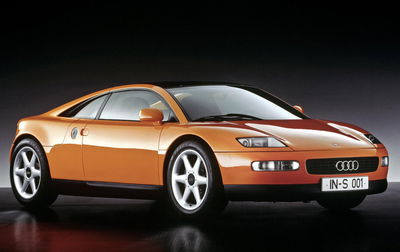
Audi had been toying with the idea of a mid-engined car long before the R8 came along in 2006. Take 1991’s Quattro Spyder concept. As its name suggests, this pretty sports car, powered by a 2.8-litre VR6 engine, featured four-wheel drive and a detachable roof panel. Power was only 172bhp, but didn’t weigh much over a tonne.
When it debuted at the Frankfurt Motor Show in 1991, the public’s response was enthusiastic. Apparently, though, Audi couldn’t get it down to the promised price of 100,000DM (helpfully, around €100,000 these days), and VW Group boss Ferdinand Piëch was reportedly concerned about it stealing sales further from Porsche, which was in a bit of a pickle at the time.
Plymouth Pronto Spyder
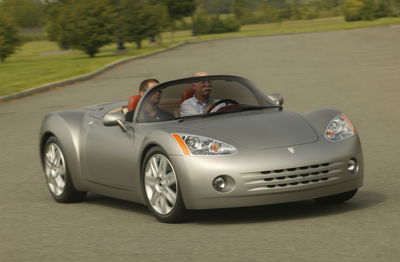
By 1998, Chrysler’s Plymouth brand was in its death throes and would disappear just three years later. Could things have been different if it had decided to build the Pronto Spyder, a mid-engined roadster to rival the likes of the Porsche Boxster?
Who knows, but it was a cool thing in isolation: a 2.4-litre turbocharged four-pot delivered 225bhp to the back wheels through a five-speed manual, and its bodywork was ahead of its time in that it was made out of recycled plastics. At least, like several other cars on this list, it lived on virtually in Gran Turismo 2.
Nissan Trailrunner
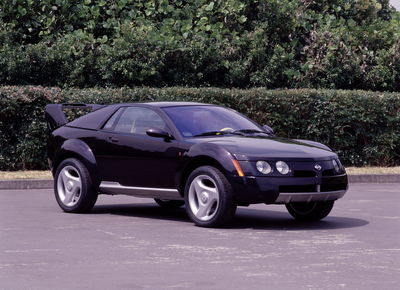
We admit, this was a new one on us, but it’s undeniably cool. Decades before the Porsche 911 Dakar and Lamborghini Huracan Sterrato, the Nissan Trailrunner was exploring the notion of a jacked-up off-road sports car.
Shown off at the 1997 Tokyo Motor Show, a 1.8-litre turbocharged four-cylinder sent 187bhp to all four wheels through an ATTESA four-wheel drive system borrowed from the Skyline. Oh, and that massive rear wing? It was designed to double up as a snowboard rack. Peak ’90s, right there.
Mazda RX-01
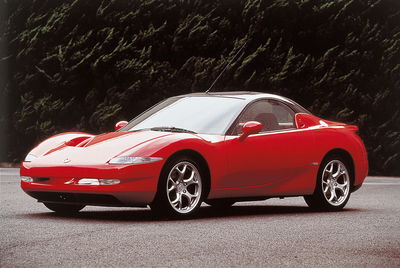
Look, we love the RX-8 as much as the next person, but we wouldn’t have minded if the Mazda RX-01 – unveiled in Tokyo in 1995 – had come along to replace the RX-7 instead. Apparently a response to critics who decried the FD RX-7 as too heavy and complicated (oh, how little we knew), it was an attempt to bring the RX sports car line back to lightweight basics.
Gone were the RX-7’s sequential twin turbos, with the RX-01 using a nat-asp version of the 13B rotary which was still said to make a respectable 220bhp. A buzzy little engine like that in a petite rear-drive sports car that only weighed around 1100kg sounds like a recipe for fun. Lots and lots of fun.
Alfa Romeo Nuvola
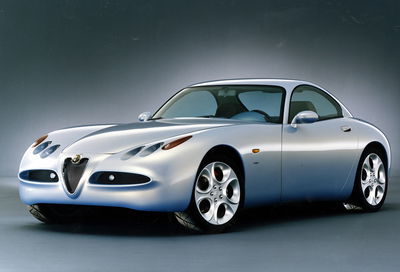
Alfa Romeo doubtless lost some of its sporting appeal in the 1990s as it shifted to a lineup of front-wheel drive cars. 1996’s Nuvola concept could have changed that – it was four-wheel drive, and featured Alfa’s lovely Busso V6 in 2.5-litre form. Here, though, it had two turbos strapped to it, meaning 296bhp.
The pretty, cab-rearward body – not a million miles off what we’d eventually see with the 8C Competizione – was really just a serving suggestion. The idea of the Nuvola was that it would bring back the age of coachbuilding, and it facilitated this with a spaceframe chassis, onto which new bodywork could theoretically be dropped.
SEAT Formula
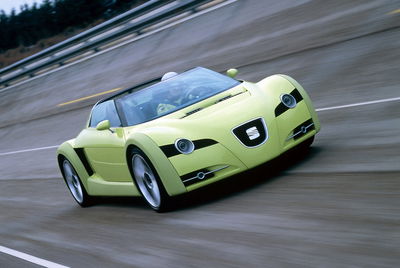
As you’ve doubtless gathered by now, lots and lots of companies were experimenting with mid-engined layouts in the ’90s – even SEAT. The Formula popped up at Geneva 1999 with a tantalising, erm, formula: a 2.0-litre turbo four-pot, derived from the one in SEAT’s Cordoba WRC car, sending 240bhp through a six-speed sequential manual.
The whole package weighed under a tonne, and it featured fancy-for-the-time active aero on the front and rear. Any conceptual similarities to the Lotus Elise probably aren’t coincidental, because one of the Formula’s designers was Julian Thomson, who’d styled the original Elise a few years earlier. Sadly, what would have been a cracking rival to the Lotus remained very much a concept.

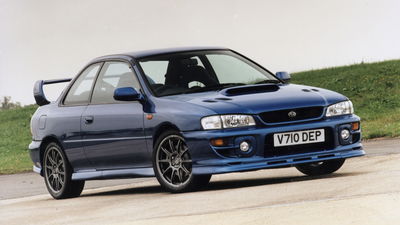













Comments
No comments found.